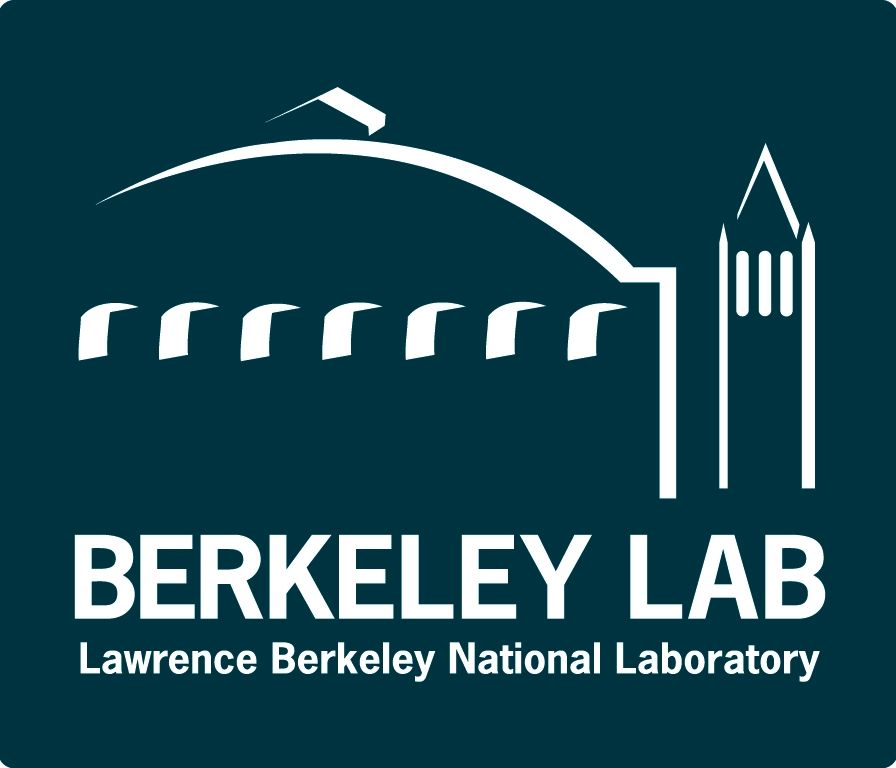May 29, 2016
The Fourth Industrial Revolution
Posted by Shailesh Prasad in categories: economics, energy, genetics, robotics/AI, supercomputing, transportation
Ubiquitous, mobile supercomputing. Artificially-intelligent robots. Self-driving cars. Neuro-technological brain enhancements. Genetic editing. The evidence of dramatic change is all around us and it’s happening at exponential speed.
Previous industrial revolutions liberated humankind from animal power, made mass production possible and brought digital capabilities to billions of people. This Fourth Industrial Revolution is, however, fundamentally different. It is characterized by a range of new technologies that are fusing the physical, digital and biological worlds, impacting all disciplines, economies and industries, and even challenging ideas about what it means to be human.

















